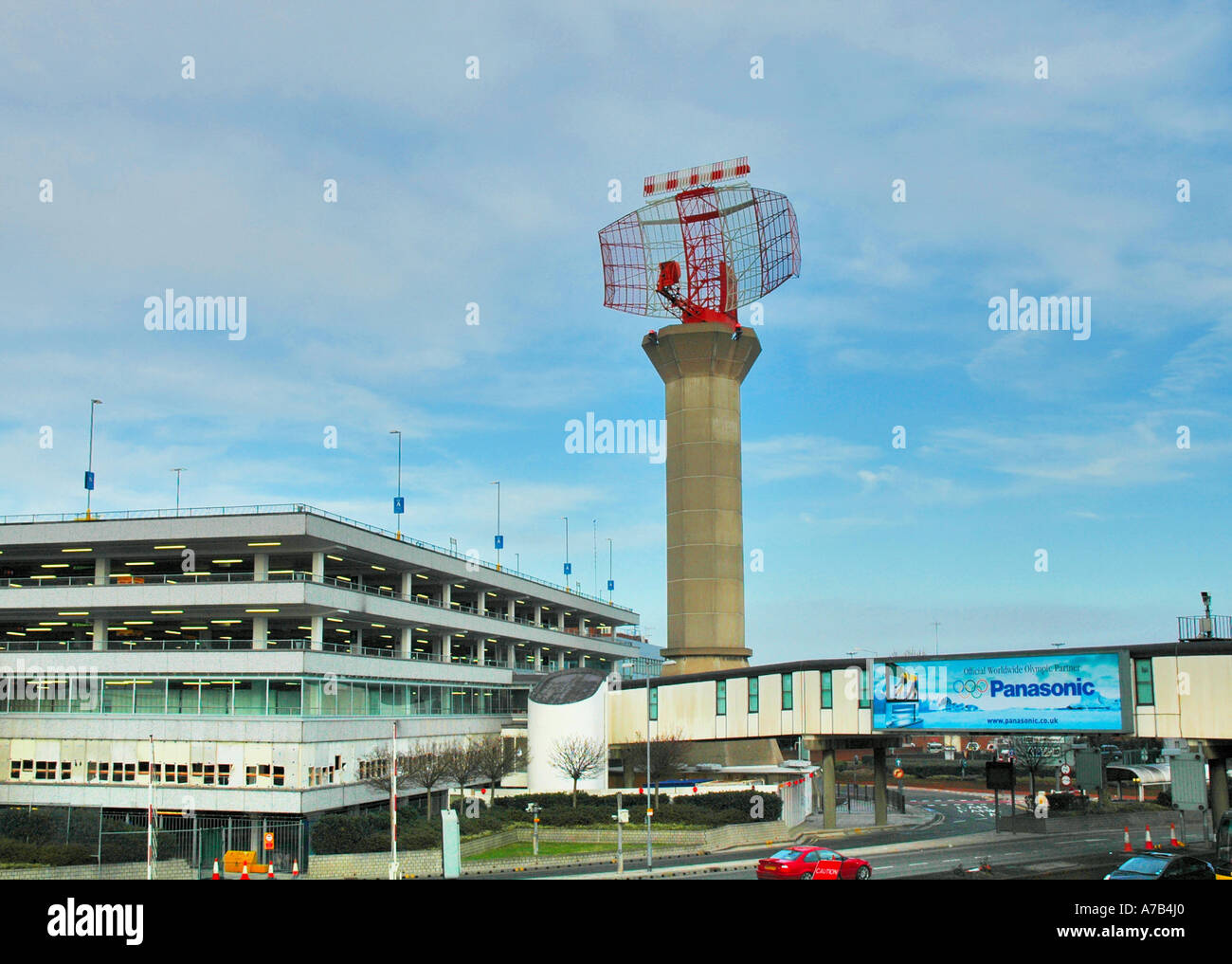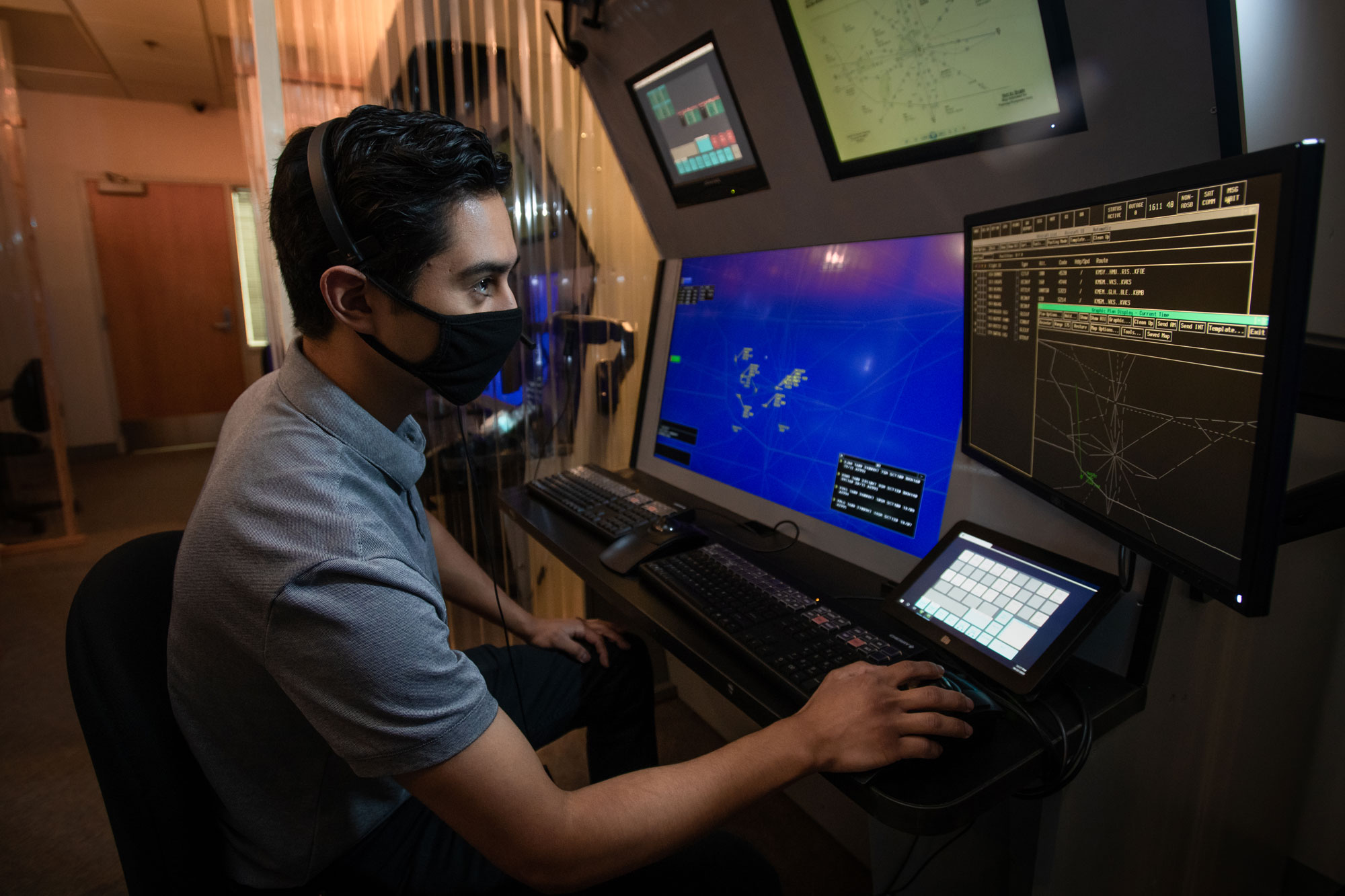

The local controllers have radar training and certification commensurate with their radar duties Ī LOA, approved by the respective Terminal Operations Service Area Office, exists with the IFR facility having control jurisdiction which authorizes the specific radar function and prescribes the procedures to be used There is no airspace delegated to the tower To ensure separation between successive departures, between arrivals and departures, and between overflights and departures within the surface area for which the tower has responsibility provided: To provide information and instructions to aircraft operating within the surface area for which the tower has responsibility. To provide a direction or suggested headings to VFR aircraft as a method for radar identification or as an advisory aid to navigation. To provide aircraft with radar traffic advisories. When employing visual separation, the provisions of FAA Order JO 7110.65, Air Traffic Control, paragraph 7-2-1, Visual Separation, apply. This authorization does not alter visual separation procedures. To determine an aircraft's identification, exact location, or spatial relationship to other aircraft.
#Airradar traffic full#
At towers combined with full radar approach control facilities where controllers do not rotate between the approach control and the tower, or at towers not combined with full radar approach control facilities, CTRDs may be used by local controllers for the following functions:.The conditions and/or limitations for the radar usage must be specified by a facility directive. At towers combined with full radar approach control facilities where controllers rotate between the approach control and the tower, CTRDs may be used by local controllers for any terminal radar function provided their ability to satisfy FAA's air traffic responsibilities regarding the aircraft operating on the runways or within the surface area for which the tower has responsibility is not impaired.
FUNCTIONAL USE OF CERTIFIED TOWER RADAR DISPLAYS.It is primarily to provide alphanumeric readout capability to the CD/FD position at locations where that position has keyboard access to STARS. Any display monitor less than 12 inches must not be used for ATC separation purposes. The 12-inch or larger display monitor may be used in lieu of a CTRD when authorized by the region and the display is certified by Technical Operations (Tech Ops). The CTRD may be used for any terminal radar function. ASDE indicators must be placed in the tower cab so as to serve the LC and GC positions.PAR functions will normally be conducted in a TRACON.VFR Radar Advisory Service functions will normally be conducted from the TRACON.Ī CTRD installed in the tower cab for LC use must be positioned where it can be conveniently viewed from the local controller's normal sitting or standing position. If the determination is that it would be lost, at least one direct view indicator must be retained. That a determination must be made if surveillance approach capability would be lost using only scan conversion bright display indicators. If the particular radar operating positions concerned require a capability for individual beacon decoding, each bright display position will require a separate scan conversion unit. The range and centering selected for the master bright display will be the same on all slaved bright display indicators. On a temporary basis if other than CTRDs are installed.Ĭonsider the following if scan conversion type bright display equipment is used:Ī standard bright display installation consists of one operational and one standby scan conversion unit.

If more than two operating positions are required and CTRDs are installed on an interim basis pending the establishment of a TRACON. If not more than two radar operating positions are required and CTRDs are used on a permanent basis. These functions may be performed from the tower cab: Either direct view or a CTRD may be used. Radar approach and departure control functions will normally be conducted from a TRACON. Keep the main power supply and the high voltage system energized to permit immediate restoration of PAR equipment for operational use. When PAR equipment is not required for ATC controller training, maintenance, or other use, shut down the antenna.



 0 kommentar(er)
0 kommentar(er)
